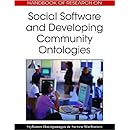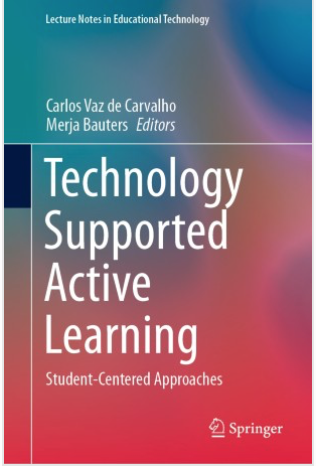
ecology of hybrid social web
November 1, 2007Rising social web and its rapid becoming into the hybrid environment that integrates virtual and real spaces has given birth to the new activities:
• self-management of personal mediation spaces constructed by orchestrating distributed sets of web-based and mobile tools;
• self-propagation of one’s presence and self-positioning into the multi-perspective hybrid places evoked by merging virtual and real spaces through creating personal external meaning-spaces and geo-tagging personal meanings as action potentialities to hybrid locations;
• self-localization in the hybrid space by tagging, feeds, and mashup technologies for obtaining awareness of people, their meaning perspectives and activities;
• self-identification and alignment into virtual communities and their spacial perspectives through detection, participation and playful variation of their activity patterns, and connective uptake and translation of meanings;
These activities all together enable to establish the dynamic ecology of hybrid social web as an activity system. This consists of external spaces with objects, what people need to activate as embodied concepts in neural circuits of sensory-motor area of brain. Embodiment happens by intentionally evoking anticipated affordances related to previously experienced or culturally defined action potentialities and their emotional correlates.
Embodying objects in space as embodied concepts turns them for persons into places with embedded meanings, which serve as mediating tools for activities. People propagate their activity patterns in spaces as meanings attached to artifacts, what they externalise through mediating tools. Each artifact, when interpreted in space, constrains the dimensions of the space for the person, it contains action potentialities (affordances) that will be created and embodied by new person, and which start constraining the space, actions in space, emotions related to this space. We can see these artifact-action triggered affordances as sort of ecological activation or even instruction for the user how it is possible to use the environment.
In order to perceive certain activity potentials of other people in space people need to be intentionally at same wavelenght and embody similar/or potentially competing action potentialities and their emotional correlates (affordances). Self-identification of spaces into places enables the person to locate himself, propagate one’s identity, and distinguish from the other identities creating therefore an ecological niche where to inhabit. Continuous self-localization in respect to other space perspectives and their inhabitants, and potential adjustment to their places serves for community formation that is ecologically important to defend the communal places.
Ecological social web is in dynamic changes because the embodiment of action potentials of individuals is never totally similar and brings in variations. Within the communities this variation is low, resulting in similar perception of places and uptake of meanings and participation of the common activity patterns. As certain communities embody different perspectives of spaces, this creates the potential borders of understanding meanings, and noticing afforded activity patterns. Thus, the social web as an ecosystem obtains structural complexity – certain communities may simultaneously inhabit the same space while defining it as a different place. The uptake of meanings of another community in the jointly inhabited space may also happen. Such meanings will be embodied in the different intentional frames causing novel activity patterns to emerge.
Example:
We may walk in town seeing the previous location of Bronze soldier monument. Depending of our alignment to certain cultural-ideological group we may embody certain emotions (fear/anguish/pride) and maybe some motor actions like (not)going there. If we are the inhabitant of hybrid social spaces, we may be tempted to take a picture of this place and upload it to Flickr, geotagging it at Tallinn map. We may also comment our experiences with the location in the post of our weblog and drag the feed of the Flickr image to the weblog. Let’s suppose many people do the same thing. They can also see the other images tagged to the place, maybe some from the times when the soldier was still there, or some from the hot days in Tallinn. They reflect their different meanings and related action potentials in narratives of their weblogs. Someone else studying the event, will find different weblogs and images and needs to detect what were the action potential of people, if he is able of detecting some communalities in meanings he may also embody some action potentials. These depend of the cultural and activity background of this person (eg. whether this is a citizen of Moscow or New York). They will comment the posts and take other actions, presumably sending some liberty fighters to Tallinn or decide not to take the trip to Tallinn as tourists. We can also imagine there is a certain software that enables people to directly geotag their images or meanings to the Bronze soldier location and view the meanings at spot. This will create a potential for embodying different action potentials for the different communities, and also the possibility to develop novel activity patterns – for example the narratives of the place, grounding of what happened and finding the compromises between cultures etc. We can say then that the previous Bronze soldier location becomes into the space with meanings that serves as a mediating device for understanding and participating in activities.









Leave a comment